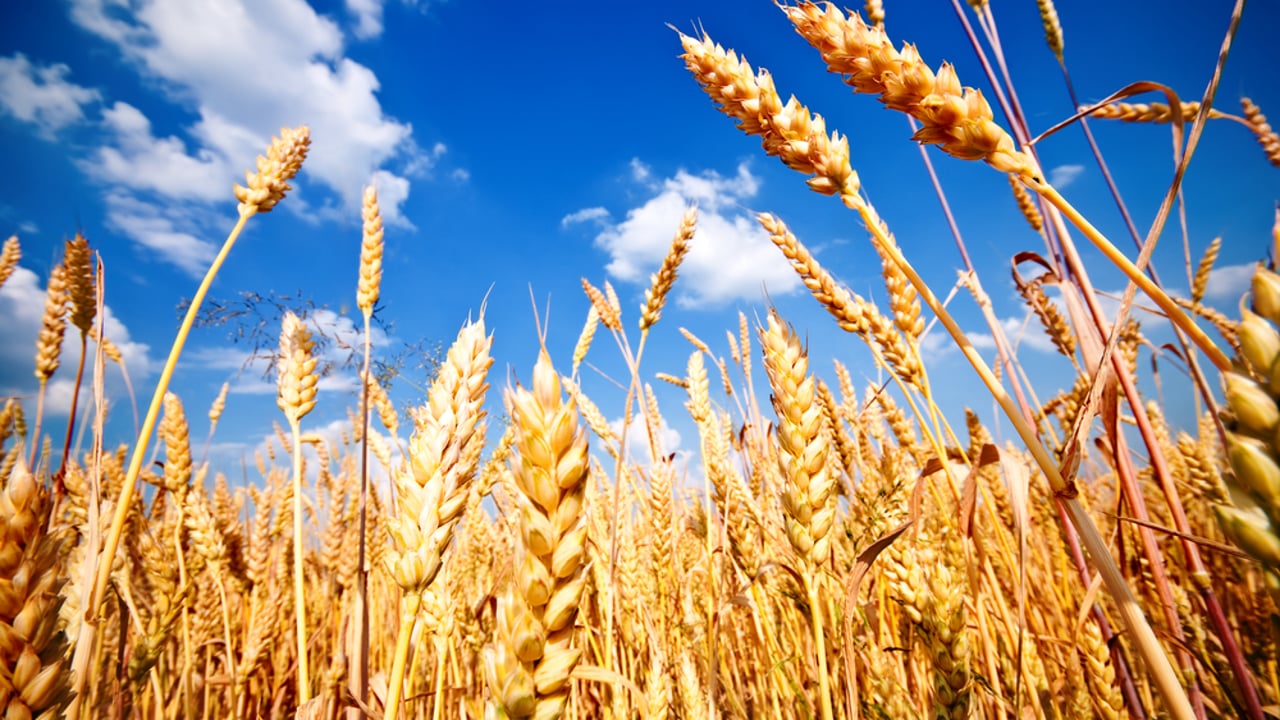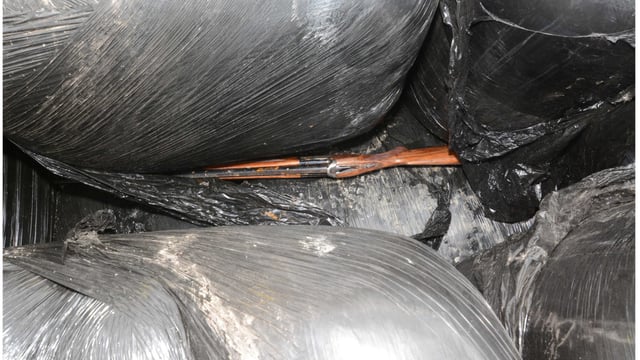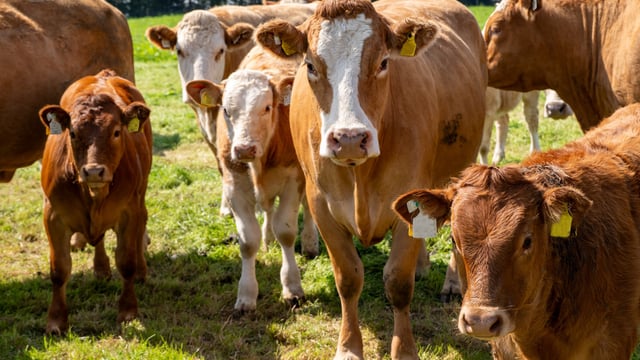IFA highlights fertiliser price threat to tillage margins
Profit margins for tillage farmers are under threat from the high fertiliser prices at present, the Irish Farmers' Association (IFA) has warned.
Speaking this morning (Tuesday, August 9), Kieran McEvoy, the association's grain chairperson, noted that, so far, decent crop yields and output prices have helped farmers stave off the increase in input costs.
Notwithstanding that, he highlighted that future output prices for 2023 are set to be lower than in 2022, while fertiliser prices show no signs of a meaningful decrease.
"Any further falls in world grain markets after planting this autumn will leave margins very tight or non-existent," McEvoy claimed.
So far this year, he noted, weather conditions have given rise to a good harvest in general.
"A warm, dry month of July ensured grain moistures were much lower than normal and straw has been easier to bale. After a mixed winter barley harvest, yields have improved for other crops," the IFA grain chair explained.
He said that winter barley, winter oats and winter oilseed rape are now all complete, except for some small pockets in the country, with farmers moving towards the harvesting of spring crops this week.
Approximately 35% of the national area has now been harvested, with farmers just starting into winter and spring barely.
According to McEvoy, the spell of good weather will likely see spring barley being cut more widely in south Leinster, while the wheat harvest will also commence in the mid-eastern counties. However, it is too early for an assessment on winter wheat and spring barely yields, he said.
In terms of output prices, McEvoy remarked: "Prices remain volatile, especially with news of grain vessels leaving Ukraine last week. They have fallen significantly throughout the summer, but current prices still remain at historically high levels."
He welcomed the uptake of the Straw Incorporation Measure (SIM), noting that some 52,000ha has been chopped under the scheme, and highlighted that some farmers are chopping additional straw outside of the scheme this year to reduce offtake of phosphorus and potassium nutrients.




